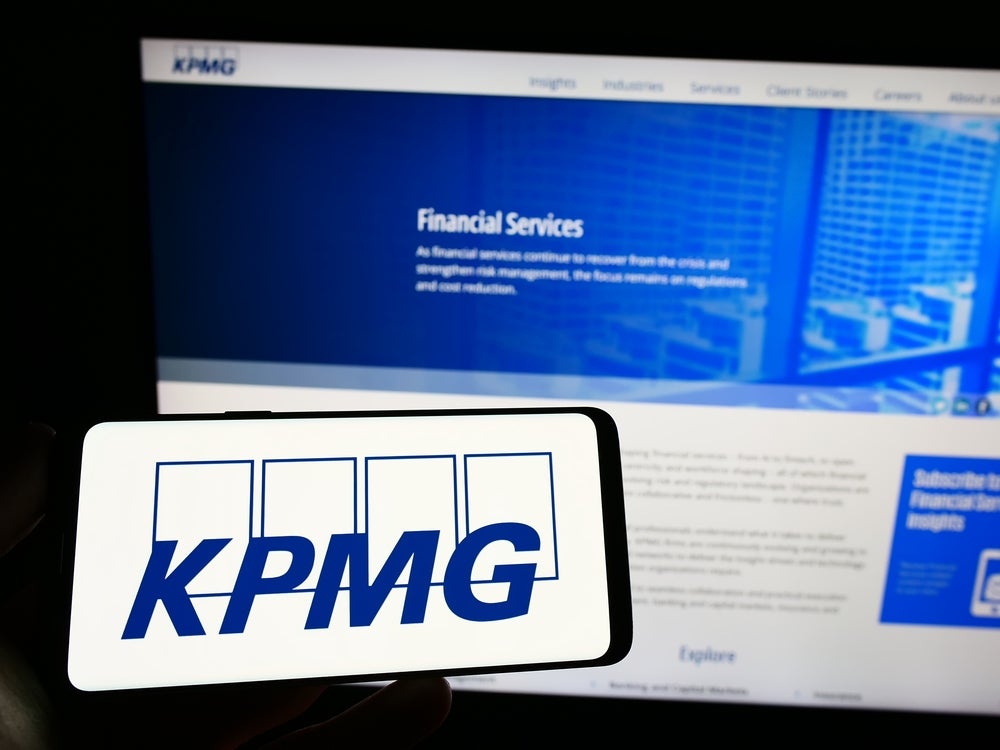Two of the largest US retail
banking groups – Wells Fargo and US Bank – have posted a fall in
retail banking profits for fiscal 2010.
By contrast, JPMorgan Chase’s
retail unit has returned to the black, following a miserable fiscal
2009 when profits were wiped out at its Retail Financial Services
unit and its card division lost $2.22bn.
At Citigroup, profits within
its Citicorp regional consumer banking group almost doubled in the
12 months to 31 December 2010.
Bank of America, the
country’s largest retail bank has yet to report.
At group level, full year
profits at the five biggest banks kicking off the reporting season
– JPMorgan Chase, Wells Fargo, Citigroup, PNC and US Bank – all
increased.
Group profits for the year
rose by more than 40% at three lenders: US Bank, JPMorgan Chase and
PNC while Citi grabbed the headlines with a return to full year
profitability earning $10.6bn compared to a loss of $1.6bn in
fiscal 2009.
How well do you really know your competitors?
Access the most comprehensive Company Profiles on the market, powered by GlobalData. Save hours of research. Gain competitive edge.

Thank you!
Your download email will arrive shortly
Not ready to buy yet? Download a free sample
We are confident about the unique quality of our Company Profiles. However, we want you to make the most beneficial decision for your business, so we offer a free sample that you can download by submitting the below form
By GlobalDataBut retail earnings were
pressured at Chase, Wells Fargo, US Bank and PNC due to a decline
in net interest margin.
With interest rates so low,
the lenders will be unable to offset declines in interest income by
bearing down on funding costs.
A year ago, Wells Fargo CEO
John Stumpf gave the most upbeat assessment of the 12 months ahead
of leading US bank chiefs, telling analysts: “I couldn’t feel
better about the opportunities ahead.”
Fast forward 12 months and
Stumpf said that: “Things are better than a year ago but not as
good as they need to be.”
Although Wells Fargo reported
a drop in non-performing assets for the first time since it
acquired Wachovia, Wells’ focus on retail banking leaves it
vulnerable to revenue headwinds on a number of counts.
In addition to net interest
margin pressures and continued credit costs, it faces lower fee
revenues as a result of regulations limiting credit card and
overdraft fees.
Retail banking positives for
Wells in 2010 included:
- Consumer checking accounts
grew by a net 7.5% from December 2009; - Average checking and savings
deposits increased by 8% year-on-year; and - Retail bank household
cross-sell showed strong growth. For the first time since merging
with Wachovia, Wells reported its retail banking cross sell ratio
for the combined group: 5.70 products per household, up from 5.47
in December 2009.
At Citigroup, a strong
performance from its international regional consumer group drove
the bank’s retail banking turnaround. International retail banking
revenue of $17.7bn was up 9% year-on-year.
International retail net
income at Citi more than doubled to $4.2bn; by contrast, the figure
for North America showed a more modest 20% increase to
$730m.
International retail deposits and lending both rose by 12%
year-on-year at Citi. But in the US, retail deposits increased by
only 3% while lending declined by 11%.







